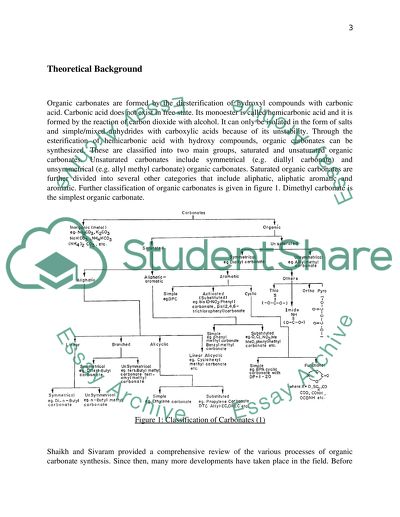Cite this document
(“Current Applications And Development Of Catalyst For The Synthesis Of Essay”, n.d.)
Retrieved from https://studentshare.org/chemistry/1484927-what-are-the-current-applications-and-development
Retrieved from https://studentshare.org/chemistry/1484927-what-are-the-current-applications-and-development
(Current Applications And Development Of Catalyst For The Synthesis Of Essay)
https://studentshare.org/chemistry/1484927-what-are-the-current-applications-and-development.
https://studentshare.org/chemistry/1484927-what-are-the-current-applications-and-development.
“Current Applications And Development Of Catalyst For The Synthesis Of Essay”, n.d. https://studentshare.org/chemistry/1484927-what-are-the-current-applications-and-development.


